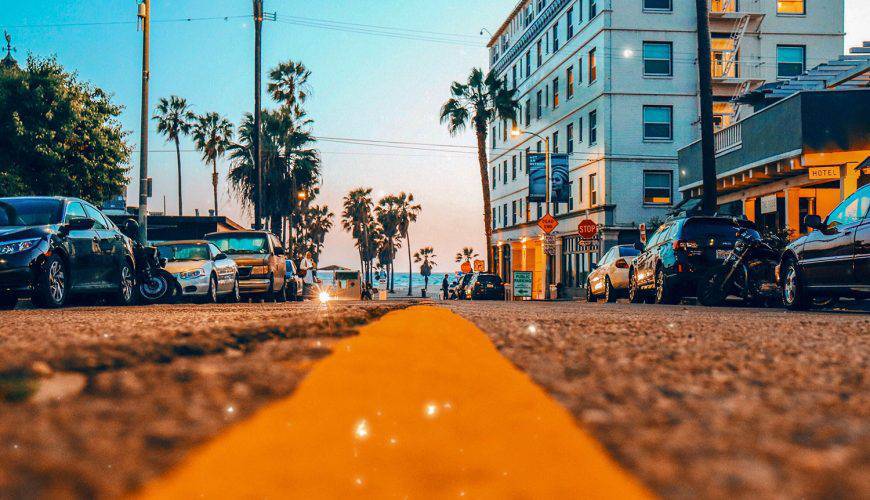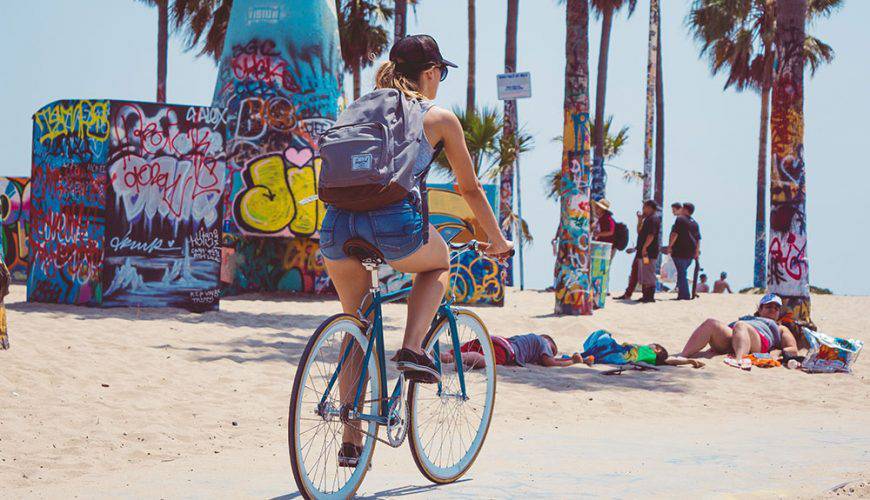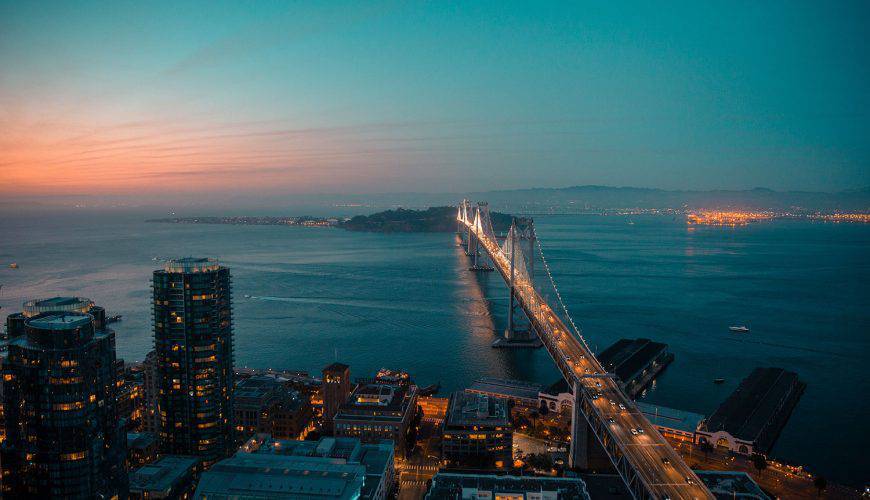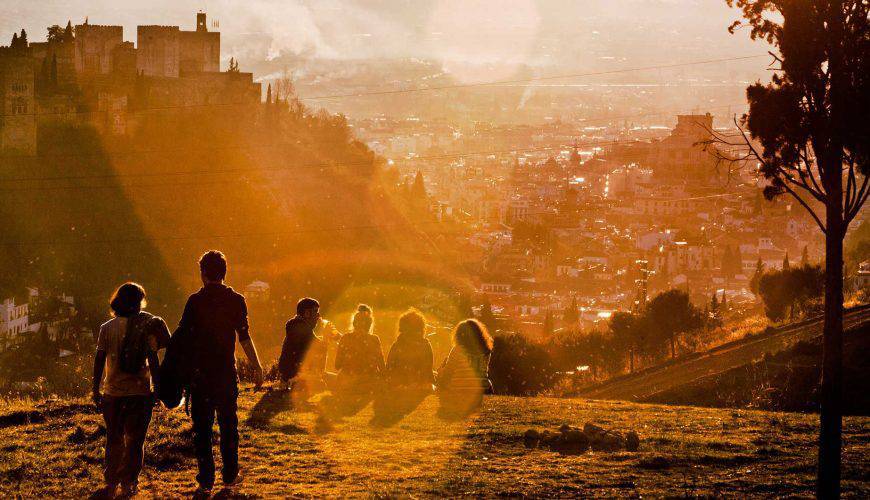
The best times & places to see the Northern Lights in Iceland
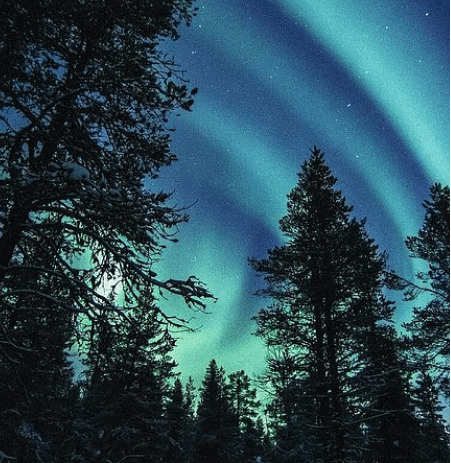
Seeing the Northern Lights (Aurora Borealis) in Iceland is an unforgettable experience. Here's a guide to the best times and places to catch them:
🌌 Best Time to See the Northern Lights in Iceland
✅ Season:
-
Mid-September to Mid-April
(Peak visibility: October to March due to longer, darker nights.)
✅ Time of Night:
-
Between 9 PM and 2 AM
The auroras are most active during these hours, especially around midnight.
✅ Conditions Needed:
-
Dark, clear skies
-
Low light pollution
-
High solar activity (tracked via aurora forecasts)
📍 Best Places in Iceland to See the Northern Lights
1. Þingvellir National Park
-
Just 40 minutes from Reykjavík.
-
Historic site with wide, open skies.
2. Vík (South Coast)
-
Stunning black sand beaches.
-
Often has clear skies due to fewer clouds than the west.
3. Jökulsárlón Glacier Lagoon
-
Near Vatnajökull National Park.
-
See auroras reflect over floating icebergs — surreal and photogenic.
4. Reykjanes Peninsula
-
Close to Keflavík Airport.
-
Fewer tourists, active geothermal areas, and great viewing spots.
5. Hvammsfjörður (Westfjords area)
-
Remote, dark, and sparsely populated.
-
Perfect for undisturbed aurora gazing.
6. Outside Reykjavík
-
Just drive 30–60 minutes out of the city (e.g., to Mosfellsdalur or Hvalfjörður).
-
Avoid light pollution while staying relatively close to town.
📱 Tips for Maximizing Your Northern Lights Experience
-
Check the Aurora Forecast: Vedur.is Aurora Forecast
-
Watch the weather: Clear skies are essential.
-
Stay at a countryside hotel or guesthouse that offers Northern Lights wake-up calls.
-
Use a tripod for photography. Long exposure is key.
Customer 01
Related content
Interdum et malesuada fames

